Description
They coney grouper has a curved profile and large, round eyes above a pointed snout. It has several striking color phases including bright yellow, red, and bi-colored orange and tan, and usually it has mild to intense amount of speckles on its body. It prefers clear water and deeper reefs where it preys on small fish and invertebrates. As a protogynous species, they all mature as females first, then become males.
English language common names include coney, black guativere, butterfish, deady, lemon-yellow butterfish, negrofish, red guativere, rockhind, small grouper, and yellowfish. Other common names are arigua (Spanish), cabrilla roja (Spanish), catua (Portuguese), cherna cabrilla (Spanish), coné ouatalibi (French), corruncha (Spanish), fino (Spanish), garoupa (Portuguese), garoupa-chita (Portuguese), garoupa-pintada-de-Bahia (Spanish), garoupinha (Portuguese), graniec jasnobrzuchy (Polish), guatibero (Spanish), guativere (French), guativere amarillo (Spanish), jabu (Portuguese), kurakakehata (Japanese), mantequilla (Spanish), mero (Spanish), negrita (Spanish), ouatalibi (French), catua (Portuguese), purunchi pretu (Papiamento), rei di punchi (Papiamento), tanche (French), tanche gris (French), and zwarte sproetelvis (Dutch).
Size:
- Maturity: 9.62 inches;
- Max length : 17.29 inches;
Max. reported age: 11 years;
Where can Coney groupers be found?
Western Atlantic: South Carolina, USA and Bermuda to southern Brazil.
How do Coney groupers look like?
Dorsal spines (total): 9; Dorsal soft rays (total): 14-16; Anal spines: 3; Anal soft rays: 9. Body and fins red; many small blue spots edged with black line scattered on body; dorsal edge of caudal peduncle with 2 prominent black spots; a pair of black blotches on tip of lower jaw (Ref. 13608); depth of body 2.6-2.9 in SL; head length 2.3-2.5 in SL; flat interorbital area; rounded preopercle, with shallow notch above the angle with upper edge finely serrate and moderately enlarged, lower edge fleshy; subopercle and interopercle smooth; posterior and anterior nostrils small and subequal; scaly maxilla, reaching to or beyond vertical at rear edge of eye; caudal fin convex posteriorly, corners angular; ctenoid lateral-body scales.
How does the Coney grouper behave?
Mature females transform to males at a length of about 20 cm. Spawning occurs just before sunset over several days, and a male will spawn daily with each of the several females in his harem. Fecundity estimates range from about 150,000 to 282,000 eggs per female; with eggs 0.95 mm in diameter and having a single oil globule.
Adults prefer coral reefs and clear water. In the Gulf of Mexico, they are found in clear deep reefs (at least 45 m). At Bermuda and the West Indies, they are common in shallow water, but they usually hide in caves or under ledges during the day. The species is protogynous with females maturing at 16 cm TL and transforming to males at about 20 cm. Males are territorial. Feed mainly on small fishes and crustaceans. May follow morays and snake eels to feed on flushed preys. Wary, but approachable (Ref. 9710).
Health benefits ?
Coney Grouper, like other fish, serves as an excellent source of some vitamins and minerals and also contains low amounts of minerals such as sodium. A serving of one fillet supplies 25 percent your vitamin D needs, 15 percent of your iron, 20 percent of your magnesium and small amounts of the B-complex vitamins.
Taste profile
Coney grouper has a firm white meat that holds up to a wide variety of cooking styles. It has a mild, slightly sweet flavor.
Coney grouper videos
Nutritional facts
- Serving size: 3 ounces
- Calories: 118 kcal
- Protein: 25 grams
- Carbohydrate: 0 g
- Total fat: 1.3 grams
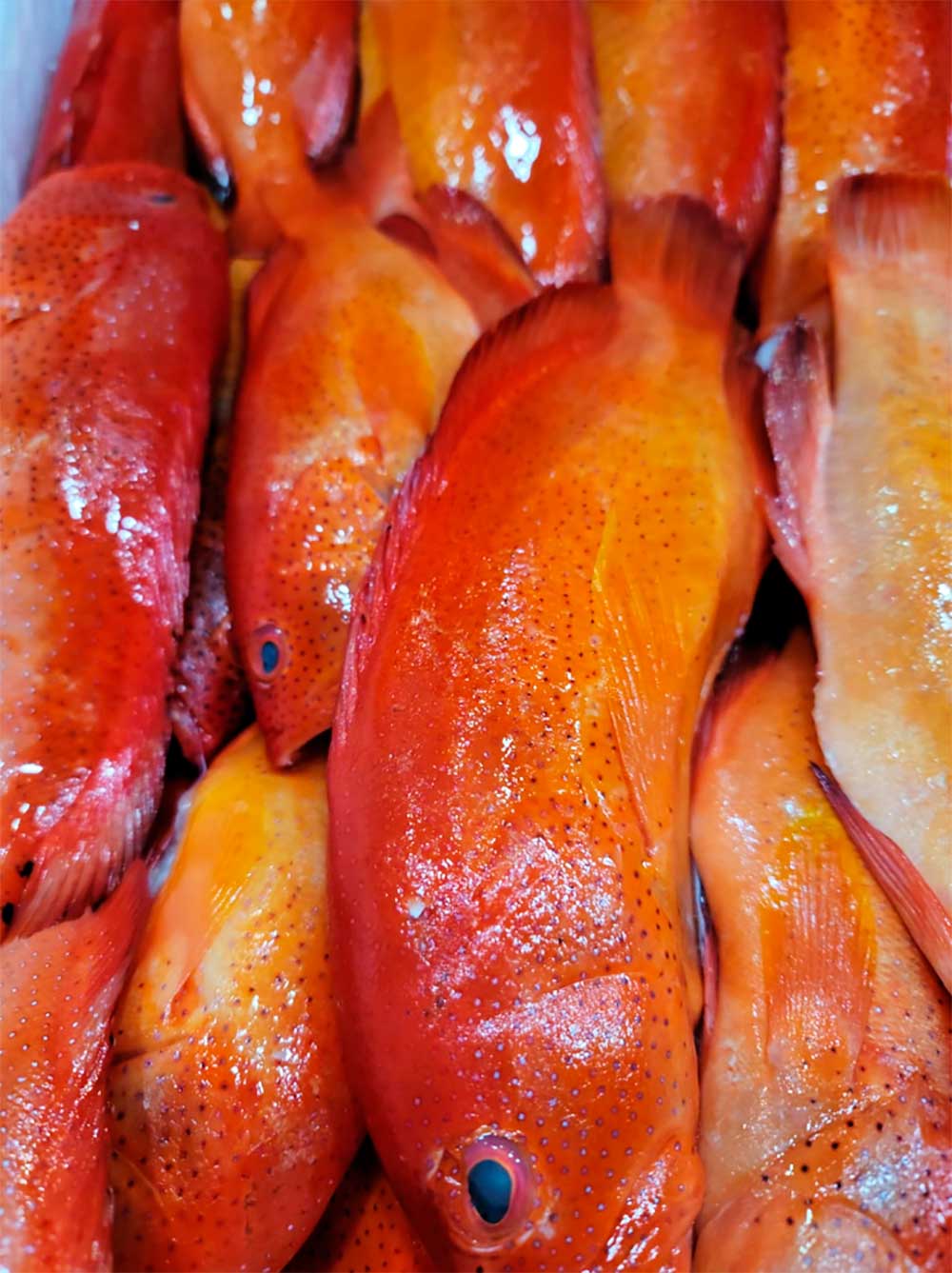
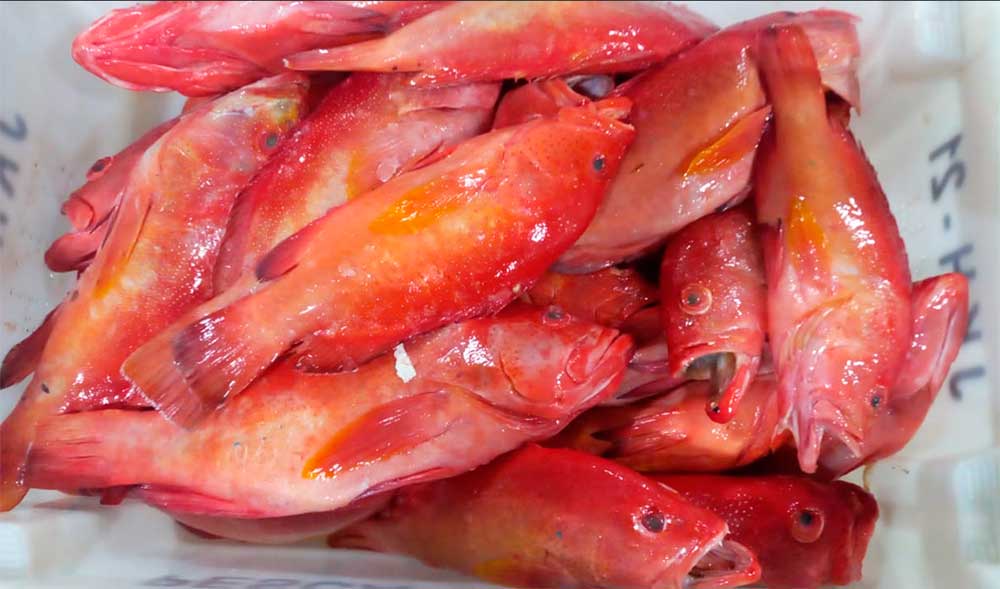
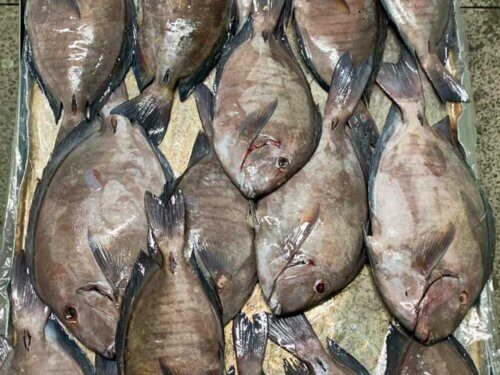
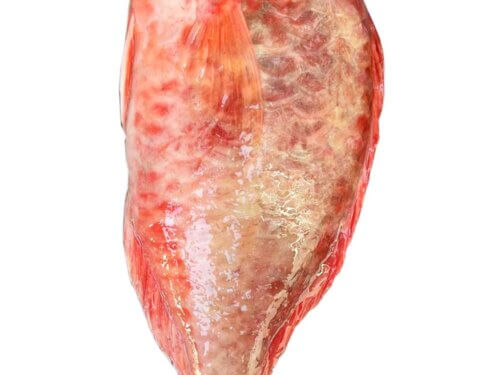
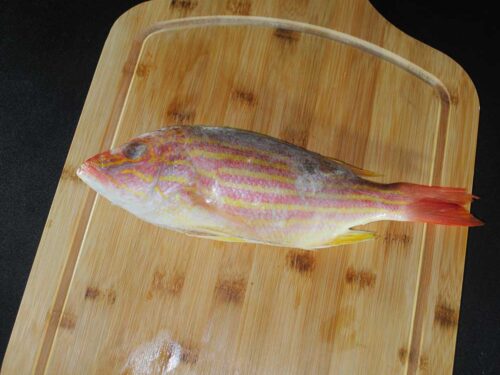
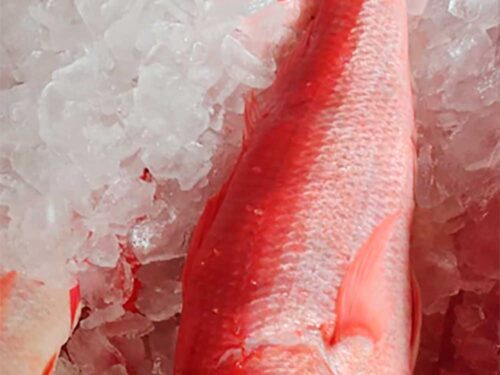
Reviews
There are no reviews yet.